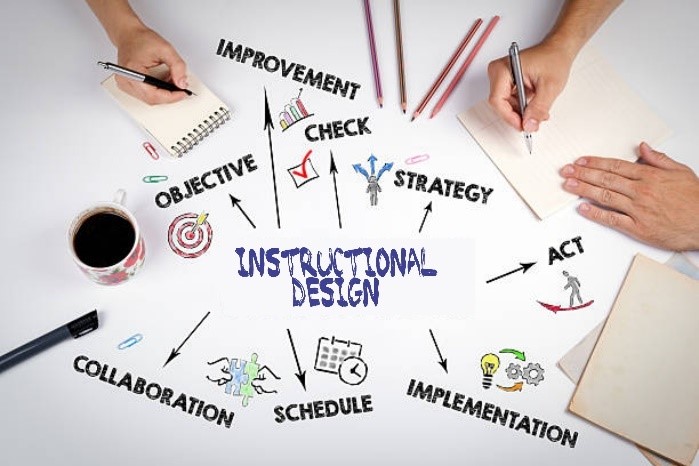Niuma Mohamed | Lead Instructional Designer

Instructional Design has become the most spoken topic today. Even though different people have different perspectives on what it means. The origin of instructional design can be traced back to the time of world war II, where military training materials were designed using instructional design principles. After that, several theories and models, like Bloom’s Taxonomy, Gagne’s Nine Events of Instruction Model and Component Display Theory were developed. In 1990s, a new shift has taken place, which are Computer Base-Training, Online Learning and adaptation of Learning Management System. More recently, Blended Learning has taken the platform. Today the focus is not just on the learning outcomes, but also the overall user experience of the learner.
Instructional design can be defined as a process in which
Therefore, Instructional Designing is about making the delivery of instruction and acquisition of knowledge and skills more efficient, effective and engaging. These are the 3 E’s of the best instruction.
What makes instructionally designed content so effective?
The focus is on the learner, his/her learning needs and the preferred learning styles. Different learners have different learning preferences and instructional designs caters to that
The learning content is delivered in a manner that can be easily associated and understood by the learner. There is a flow to the content rather than presenting separate ideas. Complex ideas are simplified and the subject matter does not lose the context.
Multimedia elements like info graphics, videos, animations and images for many integral parts which makes learning fun and interesting.
Having understood the meaning of instructional designing let’s now list the role of an instructional designer.
What are the roles of an Instructional Designer?
Instructional Designers involves in activities related to designing and developing of instructional content. These activities include (but not limited to):
What are the trends in Instructional Design?
Instructional designing is fast growing, hence, there would be significant trends that can be defined the concept. The following points describe three major ID trends.
What are the key aspects of Instructional Designing?
Following are the 6 key aspects of instructional designing.
BIBILIOGRAPHY
Adams, J. (2013). ‘Blended learning: instructional design strategies for maximizing impact’, International Journal on E-Learning, Vol. 12, No. 1, pp.23–44.
History of Instructional Design, by Richard Culatta (2020) https://www.instructionaldesign.org/history/
McGee, P., & Reis, a. (2012). Blended course design: a synthesis of best practices. Journal of Asynchronous Learning Networks, 16(4), 7–22
The Hottest Job in Higher Education: Instructional Designer by Peter Decherney and Caroline Levander (2020). https://www.insidehighered.com/digital-learning/blogs/education-time-corona/hottest-job-higher-education-instructional-designer